St. Vincent National Wildlife Refuge
The St. Vincent National Wildlife Refuge is part of the United States National Wildlife Refuge System, located in northwestern Florida, on the barrier island of St. Vincent, off the coast of Apalachicola. The Refuge also includes 46 acre undeveloped Pig Island, located in the southwest corner of St. Joseph Bay, nearly 9 miles west of St. Vincent and 86 acres of mainland Florida along Franklin county road 30A.
| St. Vincent National Wildlife Refuge | |
|---|---|
IUCN category V (protected landscape/seascape) | |
 Map of St. Vincent Island[1] | |
 | |
| Location | Franklin and Gulf counties, Florida, United States |
| Nearest city | Apalachicola, Florida |
| Coordinates | 29°38′40″N 85°07′47″W |
| Area | 12,490 acres (51 km2) |
| Established | 1968 |
| Governing body | US Fish & Wildlife Service |
| Website | St. Vincent National Wildlife Refuge |
The 12,490 acre (51 km2) refuge was established in 1968.
St. Vincent National Wildlife Refuge occupies a barrier island in the Gulf of Mexico. Little more than a quarter mile out in the Gulf, the refuge is a short distance from the mainland. Because access is limited to boat traffic, the refuge rarely sees large concentrations of people. Visitors can enjoy long solitary walks on the beaches or venture into the interior of the island and explore the ten habitat types located there. Very limited development of the island (primarily during a time when it was privately owned) has left it virtually pristine. The earliest documented visitors to the island dates to the year 240 (from pottery shards) when Native Americans lived on the island. St. Vincent Island has had a very colorful past through numerous owners and, in 1948, was even stocked with imported zebra, sambar deer, eland, black buck, ring-necked pheasant, Asian junglefowl, bobwhite quail and wild turkey. The island was purchased by The Nature Conservancy in 1968 for $2.2 million and U.S. Fish and Wildlife repaid them with proceeds from Duck Stamp sales and the St. Vincent National Wildlife Refuge was established.
Climate
The climate is mild and subtropical, typical of the Gulf Coast, with an average annual rainfall of 57 inches. [2]
Wildlife
Depending on the season, many species can be observed with a number of them being endangered and threatened. Springtime reveals nesting and reproductive behavior in many animals seen on the island such as osprey, softshell turtle and wood duck. In addition, white-tailed deer bucks shed their antlers and young bald eagles are taking flight. Summer brings loggerhead sea turtles to lay eggs on the beach and alligator females on nests in the marshes. Many bird species can be seen including wood stork, snowy plover and American oystercatcher. Fall brings migration and the refuge is inundated with waterfowl, shorebirds and songbirds. Peregrine falcons have been spotted during this time. White-tailed deer are readying for the rut which happens in the winter season. Also in winter, waterfowl numbers are at their highest and bald eagles and great horned owls are nesting. Alligators, other reptiles and many other animal species are found year-round on the island.
Role in Red Wolf Recovery Program
Since 1990, St. Vincent National Wildlife Refuge has been a breeding ground for endangered red wolves. The wolves are allowed to roam the island and once the pups are weaned by their mother, the pups are taken to Alligator River National Wildlife Refuge in North Carolina.[3]
Activities
While only accessible by boat, St. Vincent offers a wide array of activities for visitors once they arrive. The island is a popular sea kayaking and boating destination, with fishing and birding opportunities abundant along the shore. The interior of the island has over 90 miles of mapped roads open to hiking and biking. Not all roads are still in use, and only the main road (B Road) is lined with oyster shells for easier travel over the sandy soil of the island. Wildlife viewing as well as fishing from one of the four lakes stocked with largemouth bass and bluegill are also popular on the island.[4] Visitors should practice leave no trace principles on the island.[5]
Hunting
Annual primitive hunts help keep the population of Sambar deer, White-tailed deer, feral hogs, and raccoons in check. Licenses for hunts are awarded by lottery and are managed by the Florida Fish and Wildlife Commission.[6] Three public hunts are held each year between November and January. The Refuge is closed to the general public during hunts.[7]
Fire Management
Fire is a natural part of the ecosystems in North America. Before St. Vincent Island was altered with roads, lightning would ignite a fire that could burn throughout the islands various habitats. Now when lightning starts a fire, the refuge fire staff decides where to stop the wildfire. Refuge staff use tactics that minimize damage to the hydrology of the island. These tactics may include using water, building control lines or using a controlled fire called a back fire against the wildfire. Fire staff also ignite planned burns called prescribed burns to mimic the lightning fires. Mimicking the lightning fires with prescribed fires achieves the same results as the naturally occurring wildfires. Fire reduces the amount of live and dead leaves from flammable fire-dependent plants, which reduces the potential damage of a wildfire.[8]
Access
The closest boat ramp to the island is a quarter mile away at the end of Indian Pass Rd (County Rd 30B) and is open to the public. Indian Pass is located 22 miles west of Apalachicola. Boaters should be sensitive to winds, tide fluctuations, currents, storms, and oyster bars. Private shuttle services to the island are available from local boat captains. No fees (except for hunts) or passes are needed to visit the island.[9] All units are open to the public, except a portion of the Refuge on the mainland known as the '11 Mile Site' for its location on 11 Mile Rd.[7]
Gallery
|
References
- "Map". www.fws.gov. Retrieved 2020-05-25.
- "St. Vincent NWR Gen 2004" (PDF). Retrieved 2020-05-25.
- "Red wolf". Southeast Region of the U.S. Fish and Wildlife Service.
- "Visitor Activities - St. Vincent - U.S. Fish and Wildlife Service". www.fws.gov.
- "Fact sheet" (PDF). www.fws.gov. Retrieved 2020-05-25.
- "St Vincent Sambar Deer". Florida Fish And Wildlife Conservation Commission.
- "Plan Your Visit - St. Vincent - U.S. Fish and Wildlife Service". www.fws.gov.
- "Fire Management - St. Vincent - U.S. Fish and Wildlife Service". www.fws.gov. Retrieved 25 May 2020.

- "Permits - St. Vincent - U.S. Fish and Wildlife Service". www.fws.gov.
External links

- St. Vincent National Wildlife Refuge at U.S. Fish and Wildlife Service
- St. Vincent National Wildlife Refuge at Gorp.com

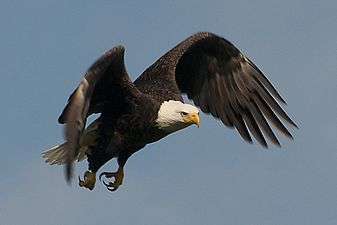
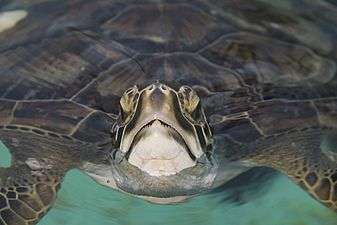
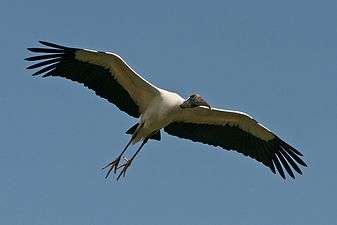
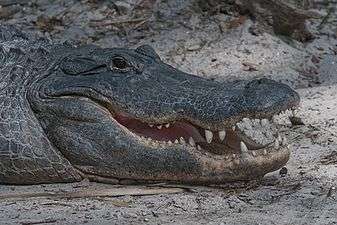


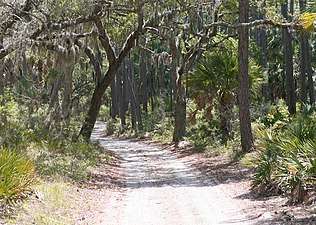
.jpg)
.jpg)